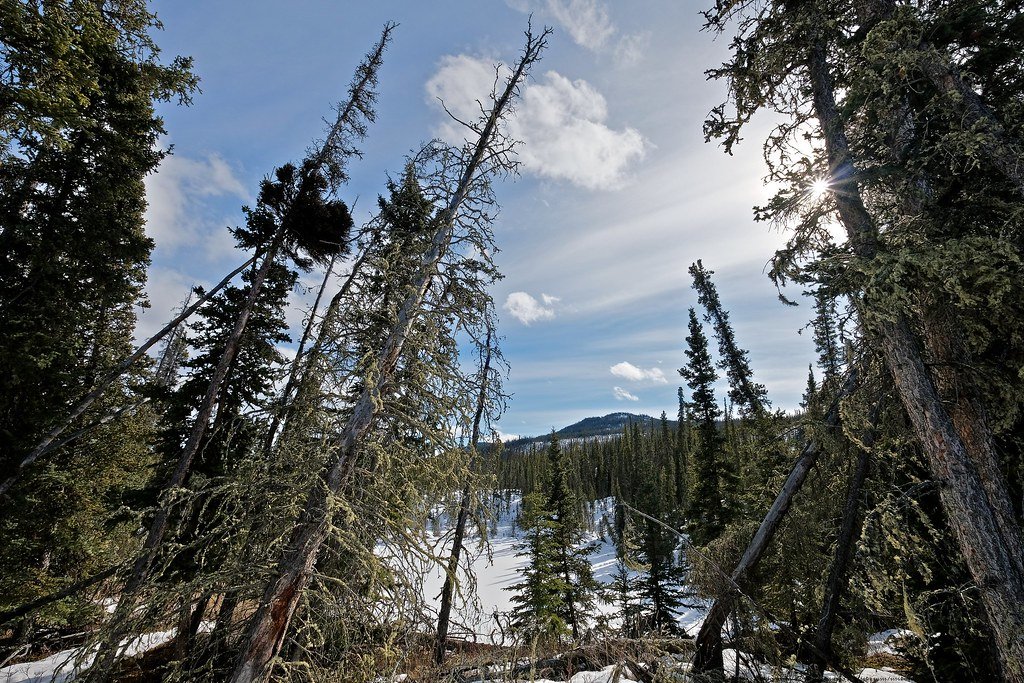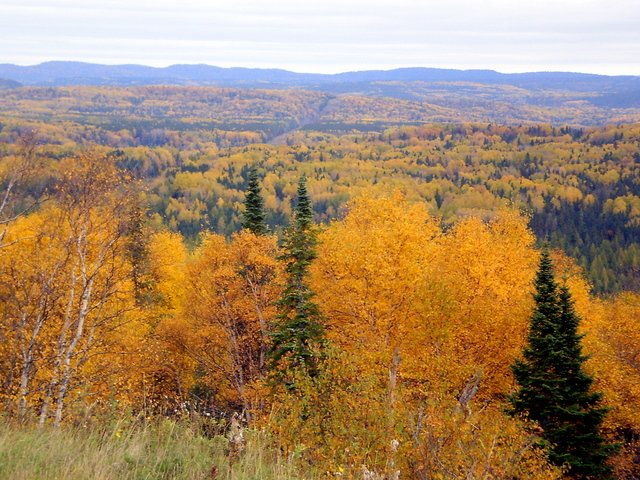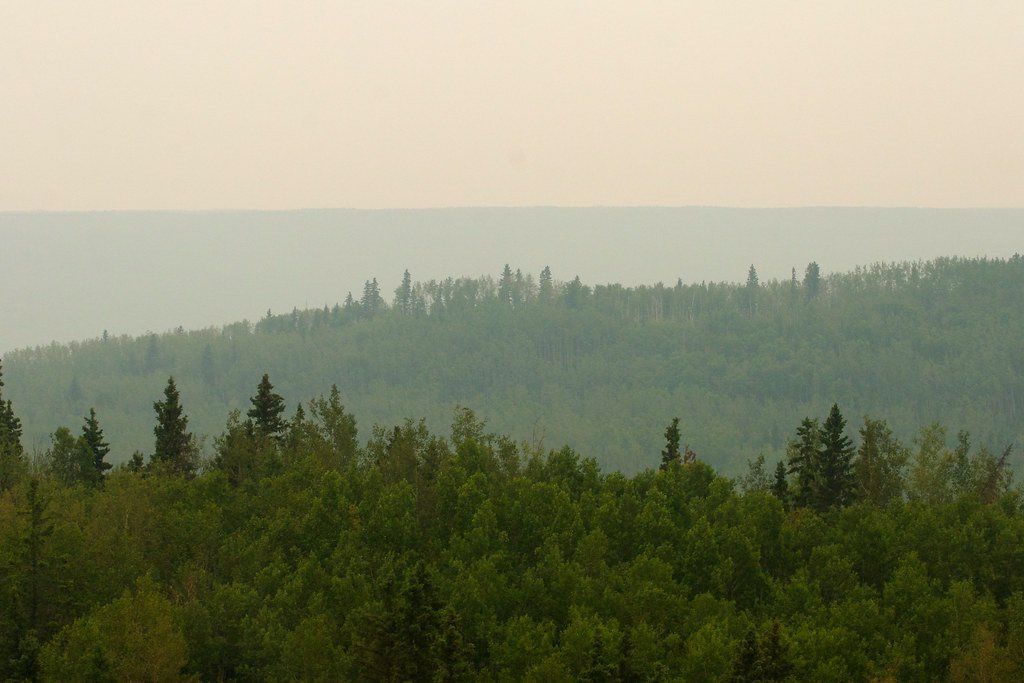Stretching from Newfoundland and Labrador in the east to the Yukon in the west, Canada’s boreal forests are a vast, vital ecosystem. They cover about 55% of the country’s land area and play a crucial role in global biodiversity, carbon storage, and climate regulation. However, these forests face an increasing threat from wildfires, a natural phenomenon exacerbated by climate change and human activities. This article explores the impact of wildfires on Canada’s boreal forests and discusses potential strategies to mitigate these effects.
The Role of Boreal Forests in the Ecosystem

Boreal forests are not just a Canadian treasure; they are crucial to the Earth’s environmental health. These forests store large amounts of carbon, thus helping to regulate the climate globally. They act as a habitat for diverse wildlife species, some of which rely exclusively on boreal habitats, and contribute to the water cycles that sustain nearby communities and ecosystems.
Wildfires: A Double-Edged Sword

Wildfires are a natural part of the boreal forest ecosystem, promoting ecological renewal and diversity. However, the frequency and intensity of these fires have increased dramatically in recent years. Climate change is a significant factor, leading to warmer temperatures and drier conditions, which create a more fire-prone environment. Human activities, such as forestry and urban development, also contribute to the increased risk of wildfires.
Immediate Impact of Wildfires on Biodiversity

When wildfires strike, the immediate effects on wildlife can be devastating. Many animals are unable to escape the fast-moving flames, while those that survive may face a lack of food and habitat destruction. Although some species are adapted to regenerate quickly, the increased frequency of fires may not allow sufficient recovery time, leading to long-term biodiversity loss.
Long-term Environmental Consequences

Beyond the immediate destruction, wildfires contribute to longer-term ecological changes. They can lead to soil degradation, water contamination, and a shift in vegetation patterns. Repeated fires in quick succession can transform forested areas into shrublands or grasslands, dramatically altering the landscape and its ecological functions.
Impact on Carbon Emissions and Climate Change

Boreal forests play a critical role in sequestering carbon. Wildfires release stored carbon back into the atmosphere, which contributes to global warming. The increased frequency and intensity of wildfires could transform these forests from carbon sinks into carbon sources, further exacerbating climate change and creating a vicious cycle.
Economic and Social Implications

The economic impact of wildfires extends beyond immediate firefighting costs. Fires can disrupt industries such as forestry, tourism, and fisheries, leading to job losses and economic instability. The smoke and pollutants released can affect air quality, posing health risks to communities and leading to potential healthcare burdens.
Strategies for Mitigating Wildfire Risk

Reducing the risk of wildfires involves a combination of strategies. Effective forest management practices, including controlled burns and logging, can help reduce the amount of fuel available to fires. Policymakers also need to prioritize climate action to address the root causes of increased wildfire frequency. Public education campaigns about fire safety and establishing firebreaks around communities are crucial in minimizing wildfire impact.
The Role of Technology and Innovation

Technological advances offer promising tools for wildfire management. Remote sensing and satellite technology allow for better monitoring and early detection of wildfires. Innovations in firefighting equipment, such as air tankers and drones, improve response capabilities. Additionally, predictive modeling can help forecast fire behavior, aiding in the development of more strategic management plans.
Community Involvement and Indigenous Knowledge

Community involvement is essential in wildfire risk management. Local communities can offer valuable insights and participate in prevention strategies. Indigenous peoples have long practiced traditional burning methods that can serve as effective tools for managing vegetation and reducing fuel loads. Engaging Indigenous expertise is crucial in developing culturally informed and ecologically sound fire management practices.
Conclusion: A Call to Action

Wildfires pose a significant challenge to Canada’s boreal forests, with implications for biodiversity, climate, and communities. Although natural, the increasing intensity and frequency due to climate change and human activities demand decisive action. By implementing a multifaceted approach that incorporates advanced technology, effective policy, community engagement, and Indigenous knowledge, Canada can foster resilient boreal forests that continue to thrive amidst adversity. Addressing the wildfire threat requires global and local efforts, where each stakeholder plays a crucial role in shaping a sustainable future for these vital ecosystems.




